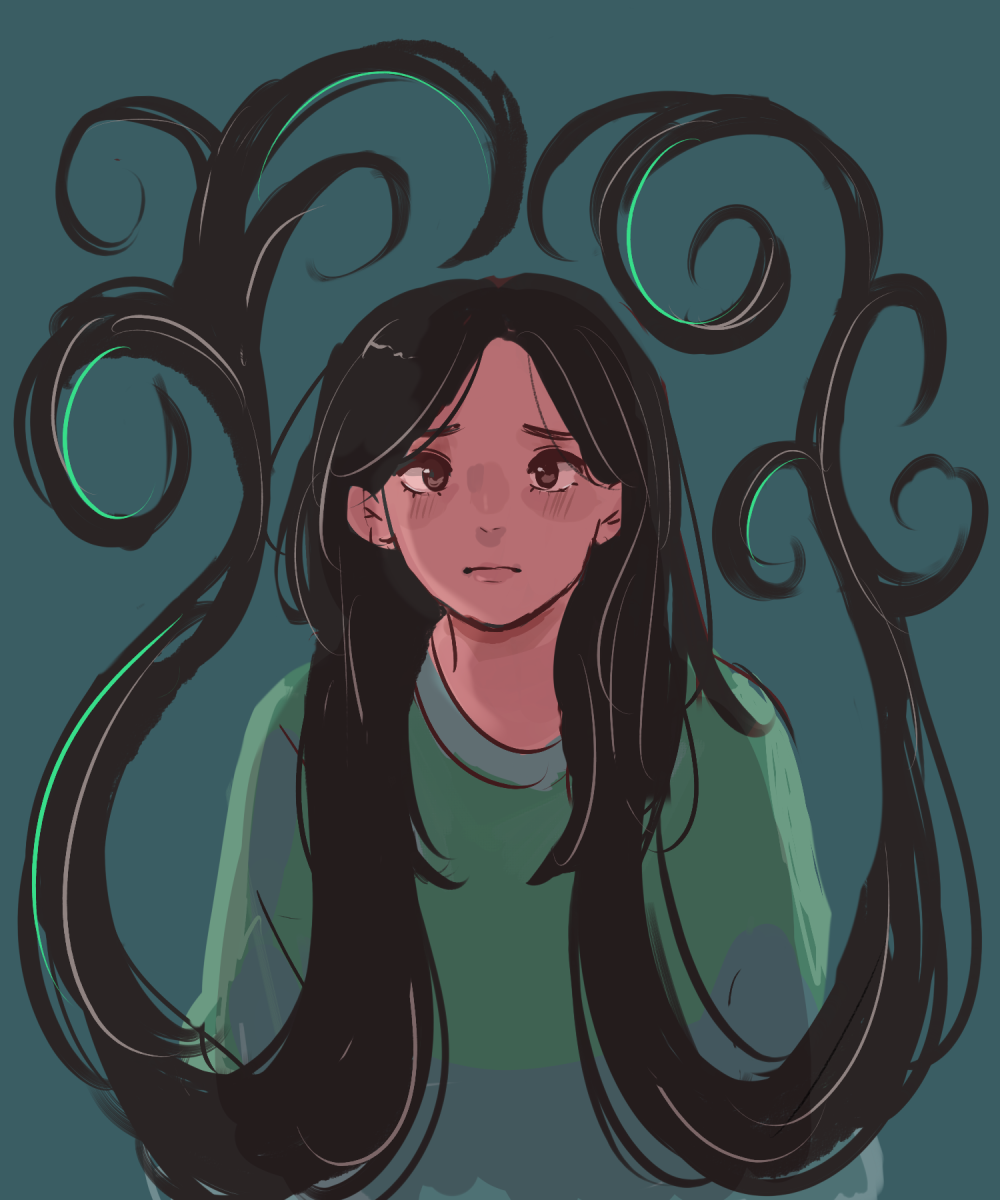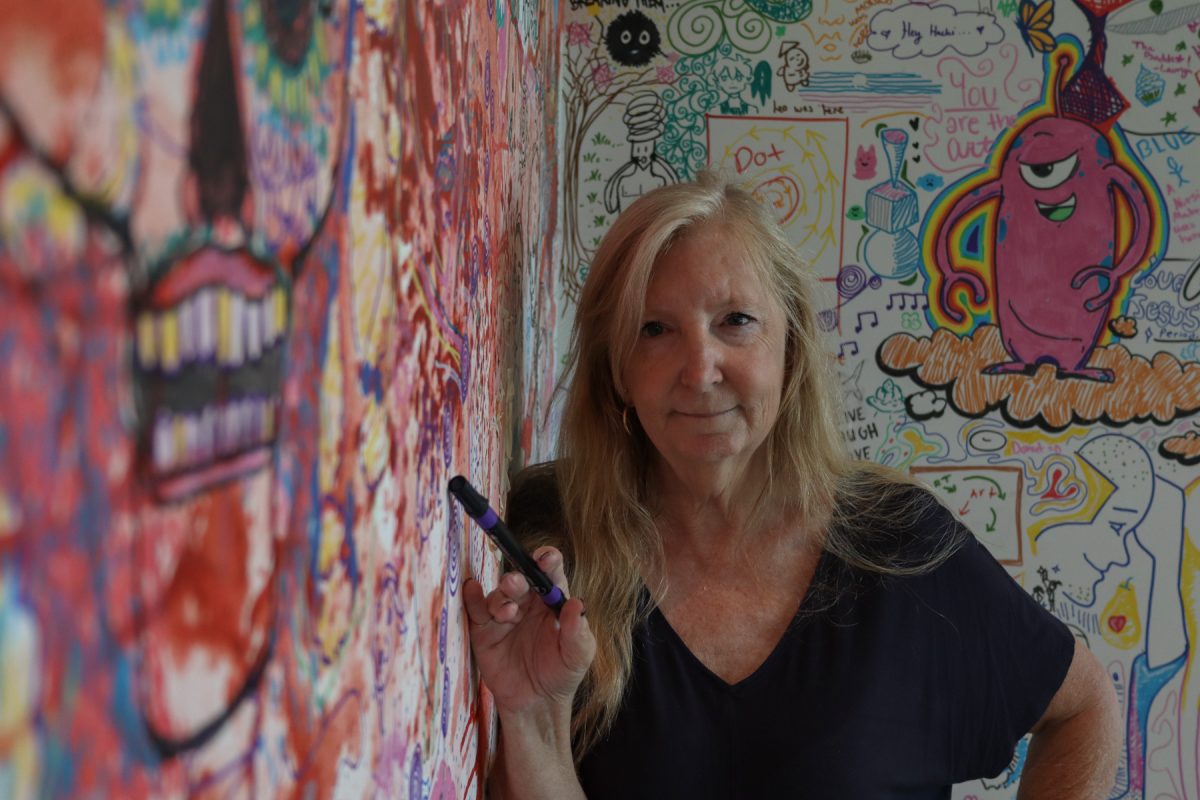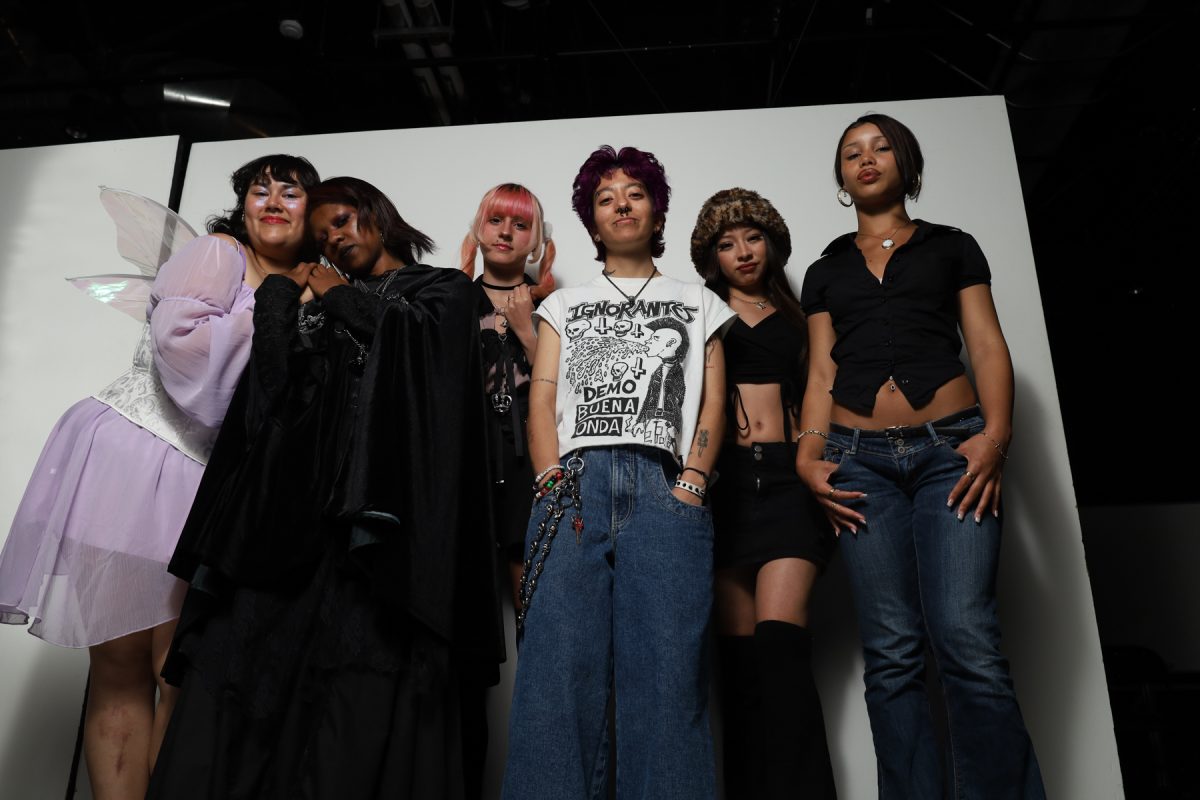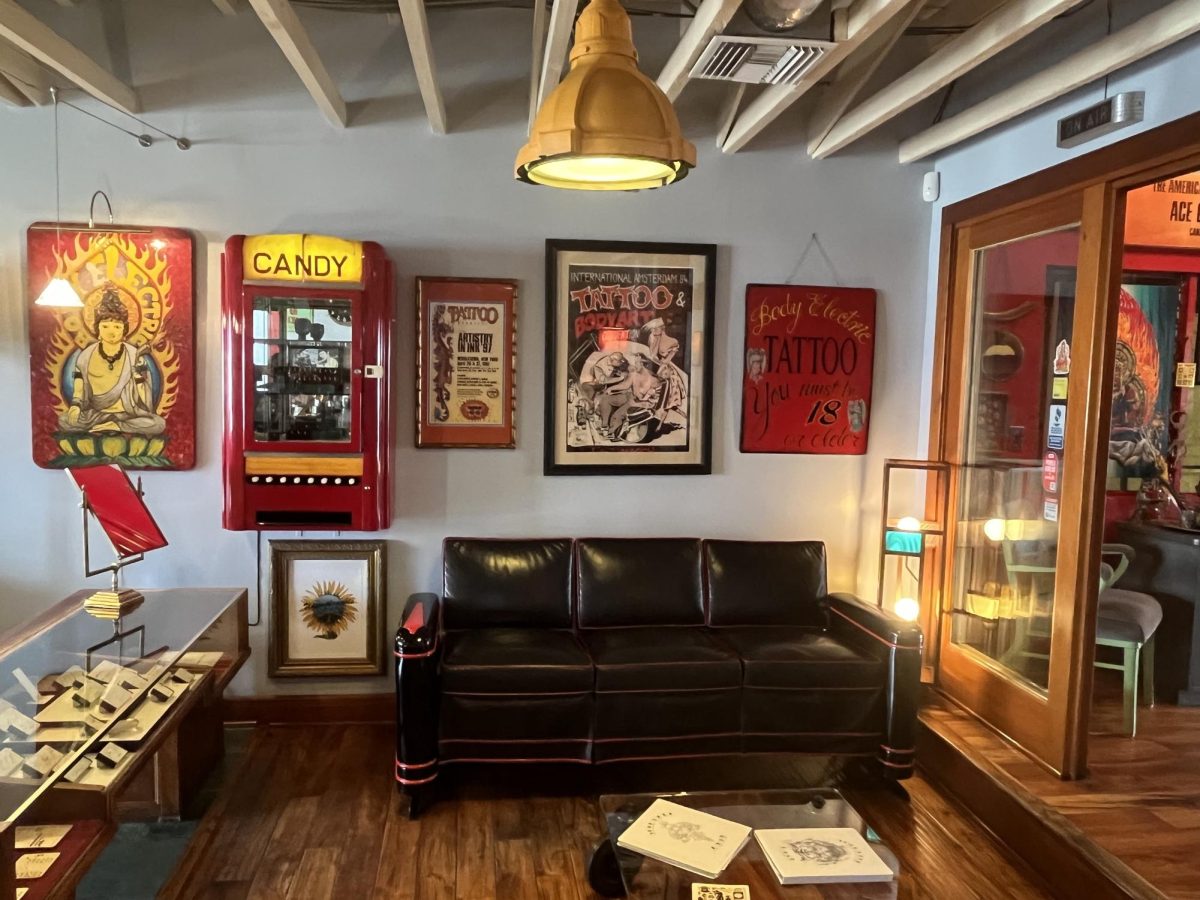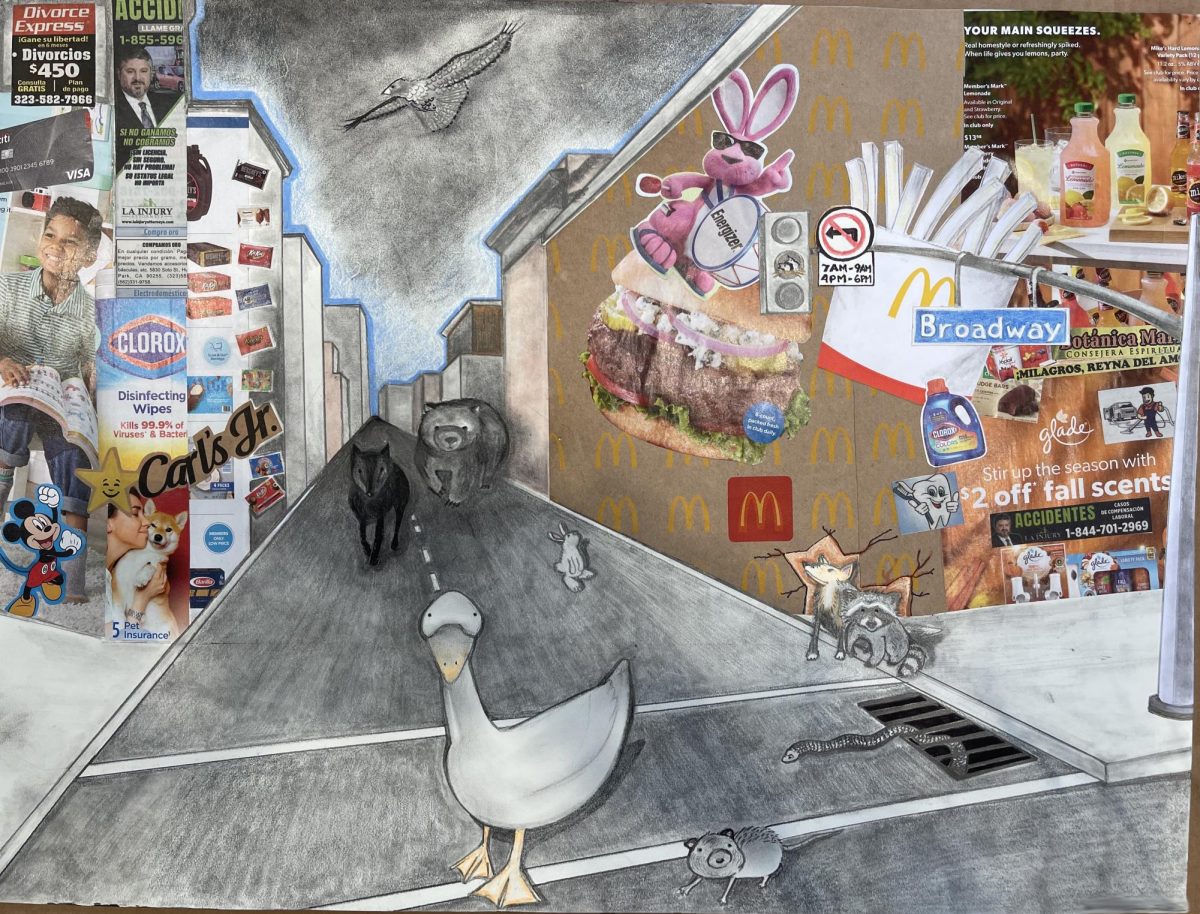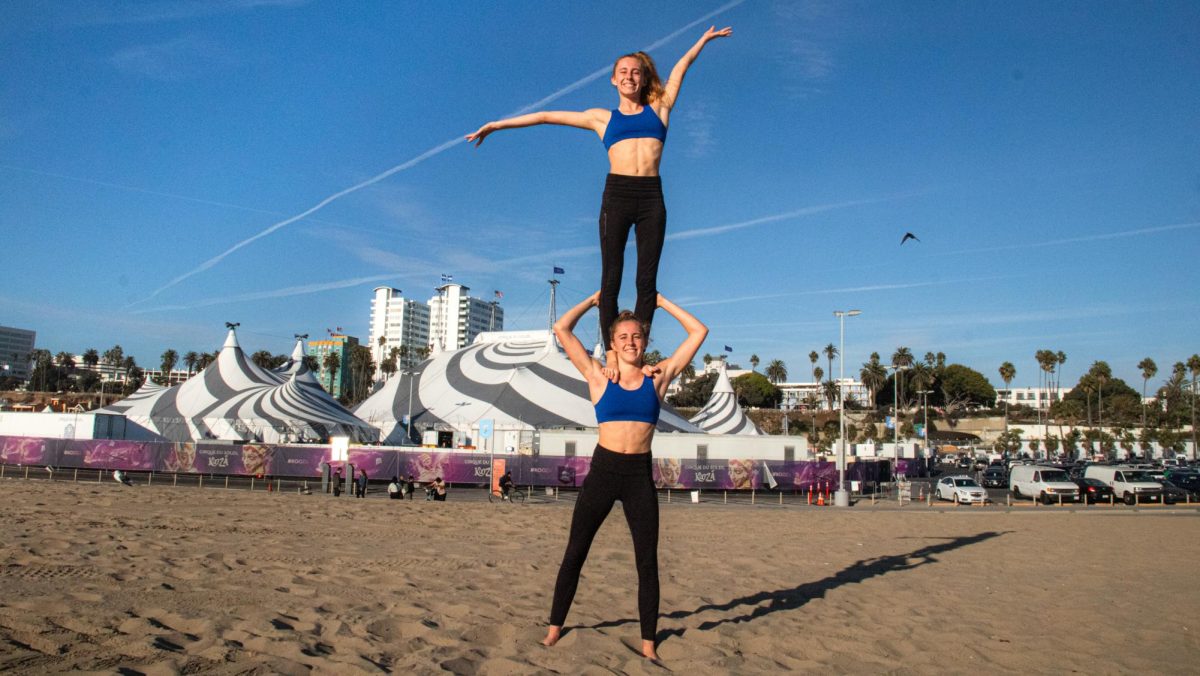One of my most prized possessions in middle school was my MySpace account.
XxCherryxxBombxX was a curation of my newfound interest in the pop-punk lifestyle.
With my dial-up internet, slowly but surely, I could comb through page upon page of background layouts. One of the most important decisions I could make was to find the perfect spread to communicate that I was soft but not approachable and that black was my favorite color.
From carefully selected song playlists to random gifs, my page was a shrine that encompassed a new era in my life and there was only one thing that would help bring it all together – side-swept bangs.
More than anything, as a 13-year-old girl in 2007, all I wanted was side-swept bangs with pin-straight choppy layers teased at the root and dyed all different colors to use as my profile photo.
Instead, I had to settle for the two waist-length pigtails I had donned since I was 3. This style paled in comparison to who I wanted to be and reminded me that I was different from the models and rock stars I started idolizing.
From then on, my hair became my heaviest burden, a point of contempt between my mom and me, and I would spend the next decade deconstructing the narrative that it was unmanageable.
In my defense, I didn’t realize I had curly hair until I was a senior in high school.
It took a trip to a hair salon in my 20s, where the hairdresser told me I had four different curl patterns, ranging from shapeless waves to corkscrew curls.
That would be thanks to my parents. My dad, who is American Indian and Japanese, has the perfect Shirley Temple-type curl, and my mom, who hails from Trinidad and Tobago, has more tightly coiled curls, making z-shaped patterns she maintained by wearing her hair in a slick back bun.
With my hair almost past my waist, the weight of it gave the appearance of being wavy and with a bit of oil, the frizz was practically non-existent.
However, my hair in its natural state was only reserved for “special occasions,” such as church, birthdays and both my graduations from elementary and middle school. Aside from that, it was confined to braids that took my mom hours to complete.
For her, this was our way of bonding. Our late nights were spent with me sitting on one of our kitchen chairs, sometimes grabbing a pillow from my room to sit on so I’d feel more comfortable, and my mom’s skilled hands weaving strands of my hair in the same pattern.
It reminded her of her country, Trinidad and Tobago, where adults well into their 70s still braided their hair. It helped her recreate the same moments as she did with her mother before she passed.
It starkly contrasts the Westernized society I grew up in, where braids were meant to stop past a certain age.
We’d watch movies and TV shows or sometimes play music. We loved The Black Eyed Peas, and I could belt out their entire Monkey Business album word for word.
If she were doing multiple braids, I’d have my Game Boy Color in hand, playing Kirby Tilt n’ Tumble and shoving the controller in her face when I beat my high score.
As I got older, our nights got quieter. Instead, it was filled with arguments and frustration over the same thing that brought us together.
She wanted her little girl.
I wanted freedom.
At 15, I practically twisted her arm to let me cut my hair, and finally, with 8 inches gone, we were back to our late nights, but instead, it involved a hair straightener and lots of patience. I still feel the 250-degree heat from the hot plates warm my fingers as I hold my ears down.
I was one step closer to being who I thought would make me happier, even at the expense of the relationship between my mom and my sanity.
Even with straight hair, I still had to wrap it every night so that it wouldn’t frizz, I couldn’t get too sweaty or my hair would lose its shape and it only lasted two weeks before I had to repeat the process.
I wish there were a defining moment of self-love that caused me to start wearing my hair naturally, but honestly, I was just tired, and my teen angst phase faded into something softer.
As time passed and more representation became present in media, my love for my hair blossomed. I still remember flipping through Seventeen Magazine and seeing a hair tutorial involving curls without using a curling iron. That was unheard of when I first discovered the publication in middle school.
Like most situations where I needed answers, I turned to the internet. Around 2011, the Curly Girl Method was popular among the natural curl community. It contained a carefully curated list explaining how to care for your hair while avoiding heat, combs, brushes, shampoo, and various chemicals.
At a time when there were very few natural hair products on the market, the Garnier Fructis curls line became my best friend and was just the beginning of my long journey to getting my hair healthy again.
Finally, shelves were dedicated to just my hair type. Now, I can visit a salon knowledgeable about maintaining my curls and who doesn’t dissuade me from wanting to try something new.
Now, at 29, my hair finally feels like home.



